What Is Cardioversion? A Complete Guide to Treating Irregular Heart Rhythms
Cardioversion is a medical procedure used to restore a normal heart rhythm in people with certain types of abnormal heartbeats (arrhythmias). This treatment can be life-changing for patients with conditions such as atrial fibrillation, atrial flutter, or other supraventricular tachycardias. When medications fail to correct the heartbeat, cardioversion is often a safe and effective next step.
In this article, we’ll explore what cardioversion is, when it is needed, how the procedure is performed, and the heart conditions it commonly treats.
What Is Cardioversion?
Cardioversion is a non-invasive or minimally invasive procedure used to convert an irregular heartbeat (arrhythmia) back to a normal sinus rhythm. It can be done in two main ways:
Electrical Cardioversion (Synchronized Cardioversion):
Delivers a controlled, low-energy electric shock to the heart through electrodes placed on the chest.
The shock is timed precisely with the heartbeat to reset the electrical signals in the heart.
Typically performed under light sedation or anesthesia to minimize discomfort.
Pharmacologic Cardioversion (Chemical Cardioversion):
Involves the administration of antiarrhythmic medications to restore normal heart rhythm.
Drugs such as amiodarone, flecainide, or propafenone may be used depending on the patient's condition.
When Is Cardioversion Needed?
Cardioversion is indicated when the heart’s electrical system malfunctions, causing a fast or irregular heartbeat. It is typically recommended when:
The arrhythmia is persistent or symptomatic, especially if it causes palpitations, fatigue, chest discomfort, or shortness of breath.
Medications alone are ineffective in restoring normal rhythm.
The patient is at risk of heart failure, stroke, or other complications from prolonged arrhythmia.
Restoration of normal rhythm is needed before certain cardiac procedures or surgeries.
Heart Conditions That May Require Cardioversion
Cardioversion is primarily used to treat supraventricular arrhythmias, which are abnormal rhythms originating in the upper chambers of the heart (atria). Common conditions include:
1. Atrial Fibrillation (AFib)
The most common arrhythmia treated with cardioversion.
Characterized by a rapid, chaotic heartbeat that can lead to blood clots, stroke, or heart failure.
Electrical cardioversion is often used when rate control and medications don’t work.
2. Atrial Flutter
A similar condition to AFib, but with a more organized and rapid rhythm.
May respond well to either electrical or pharmacologic cardioversion.
3. Supraventricular Tachycardia (SVT)
Includes a group of arrhythmias such as AV nodal reentrant tachycardia (AVNRT).
Electrical cardioversion is often a first-line treatment if the patient is unstable.
4. Ventricular Tachycardia (VT) – Stable Cases
In certain non-life-threatening cases of VT, synchronized cardioversion may be used.
For unstable VT or ventricular fibrillation, unsynchronized defibrillation is required (distinct from cardioversion).
How Is the Procedure Performed?
Preparation:
Blood tests and imaging (e.g., echocardiogram) may be performed.
Anticoagulation therapy may be started days before the procedure to reduce stroke risk, particularly in AFib patients.
During the Procedure:
Performed in a hospital or cardiac center.
The patient is sedated to ensure comfort.
Electrodes are placed on the chest (and sometimes the back).
A synchronized shock is delivered in electrical cardioversion.
Continuous monitoring of heart rhythm, oxygen levels, and vital signs is maintained.
Recovery:
Most patients recover quickly and can go home the same day.
Medications may be prescribed to maintain rhythm and prevent recurrence.
Follow-up with a cardiologist is essential.
Risks and Complications
While generally safe, cardioversion carries some potential risks:
Skin irritation or burns from electrode pads.
Arrhythmia recurrence, which may require repeated procedures or ongoing medication.
Blood clots or stroke, especially if proper anticoagulation isn't used.
Side effects of sedatives or antiarrhythmic drugs.
Cardioversion vs. Defibrillation
It’s important not to confuse cardioversion with defibrillation. While both involve electric shocks to the heart:
Cardioversion is synchronized with the heart’s rhythm and used for stable arrhythmias.
Defibrillation is unsynchronized and used for life-threatening arrhythmias like ventricular fibrillation (VFib) or pulseless VT.
Conclusion
Cardioversion is a vital procedure in the management of abnormal heart rhythms, particularly atrial fibrillation and atrial flutter. Whether performed electrically or with medication, its goal is to restore a healthy heart rhythm, reduce symptoms, and prevent serious complications such as stroke or heart failure.
If you're experiencing irregular heartbeats or have been diagnosed with an arrhythmia, consult a cardiologist to determine whether cardioversion is right for you.
FAQs
-
The procedure itself takes only a few minutes, but total time including preparation and recovery may be 1–2 hours.
-
Most patients are sedated during electrical cardioversion and don’t feel the shock.
-
Yes, arrhythmias can recur, especially in patients with underlying heart disease. Ongoing treatment is often necessary.
Understanding Your Heart
If you are struggling with symptoms of an irregular heart beat, Dr Li would be delighted to see you in his London arrhythmia clinic.


